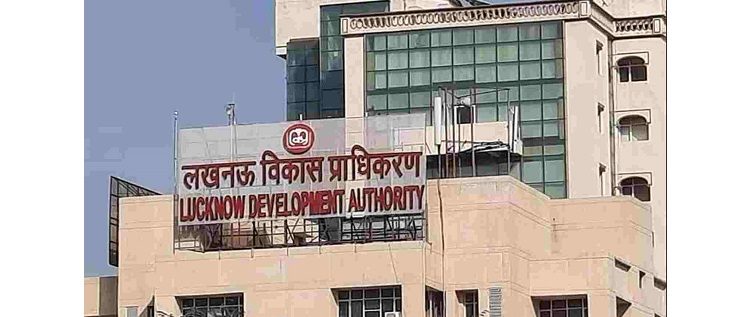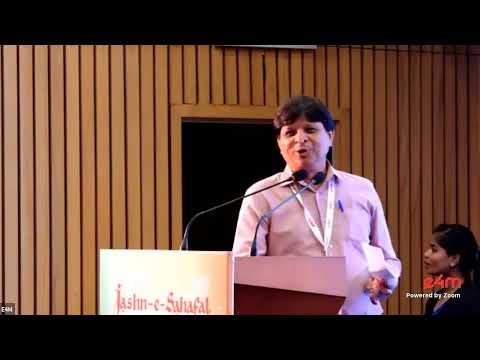E - PAPER
Unsold Inventory hits 2-Year Low in Q4 2018
Despite all headwinds including the liquidity crisis in 2018, housing sales rose by 18% and new launches by 33% across the top 7 cities compared to 2017. Residential inventory overhang reduced to a year-low from 47 months in Q4 2017 to 33 months in Q4 2018 across the top 7 cities. The DeMo effect
 BY
admin
BY
admin
Published - Wednesday, 16 Jan, 2019

Despite all headwinds including the liquidity crisis in 2018, housing sales rose by 18% and new launches by 33% across the top 7 cities compared to 2017. Residential inventory overhang reduced to a year-low from 47 months in Q4 2017 to 33 months in Q4 2018 across the top 7 cities.
The DeMo effect in late 2016 had pushed up unsold inventory to 47 months in Q4 2017 from 40 months in Q4 2016. An inventory overhang of 18-24 months signifies a fairly healthy market.
“Having absorbed a lot of the impact of various structural changes, the Indian real estate sector seemed poised to grow from the previous year,” says AnujPuri, Chairman – ANAROCK Property Consultants.
“However, the issue of stalled projects and liquidity crisis continued to confound the housing sector in 2018, though it continued its transition into a relatively more transparent and end-user driven market. End-users accelerated growth while investors shifted focus towards alternate asset classes such as commercial, retail and warehousing, which did fairly well during the year.”
“Builders very extremely cautious about launching projects to align supply with the existing buyer demand. This helped sales pick up momentum in 2018. Simultaneously, builders reduced the average property sizes to align their offerings with the highly-incentivized affordable housing bracket. The affordable segment spearheaded residential growth in 2018.”
RELATED STORY VIEW MORE
TOP STORY VIEW MORE

Mixed Outlook for Australia's Housing Sector In 2024
Mixed Outlook for Australia's Housing Sector In 2024
05 December, 2024NEWS LETTER
Subscribe for our news letter
E - PAPER
-

CURRENT MONTH 
LAST MONTH














